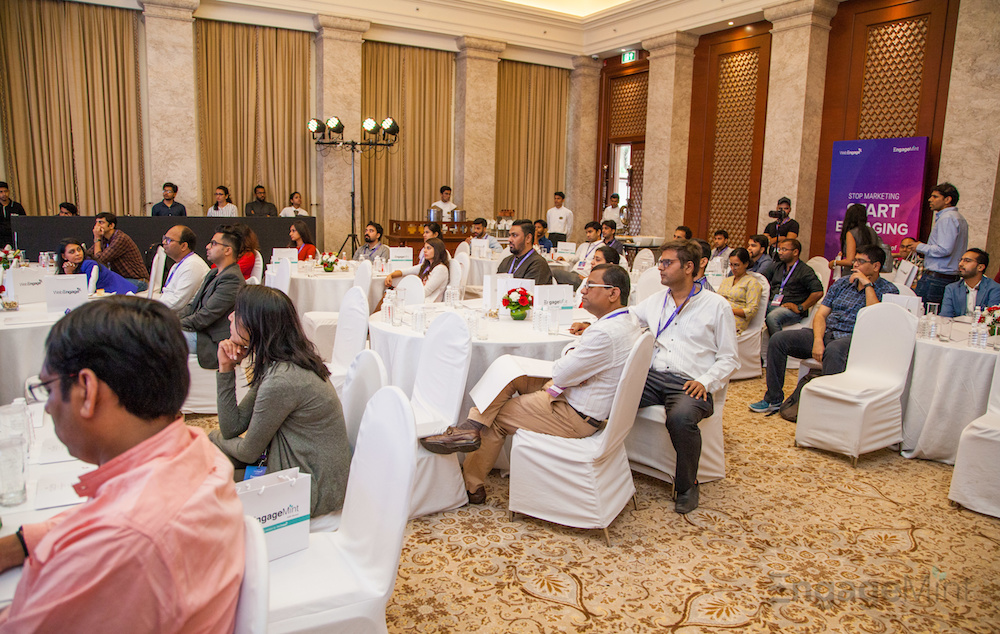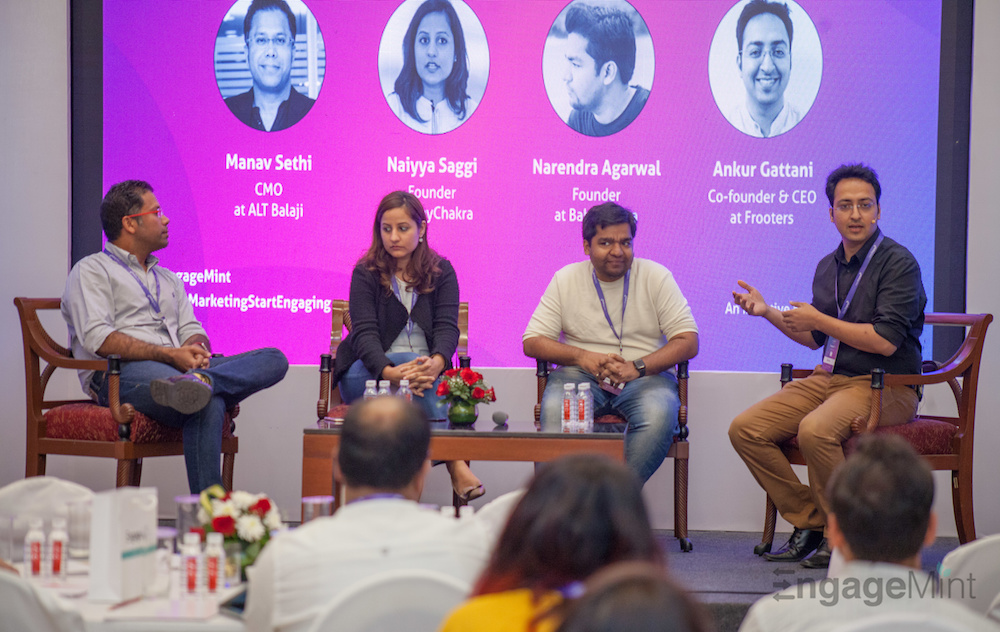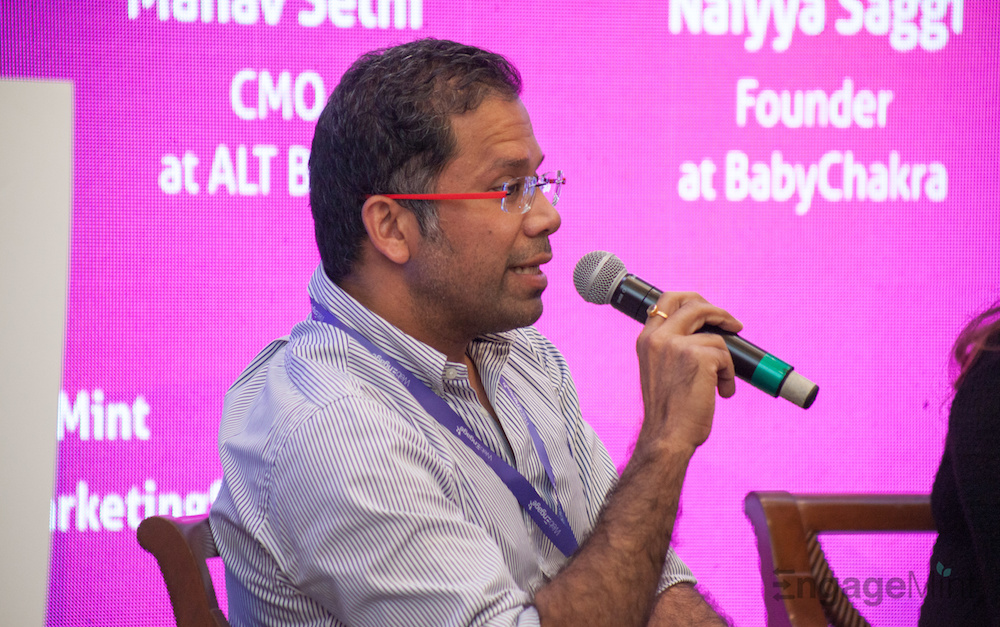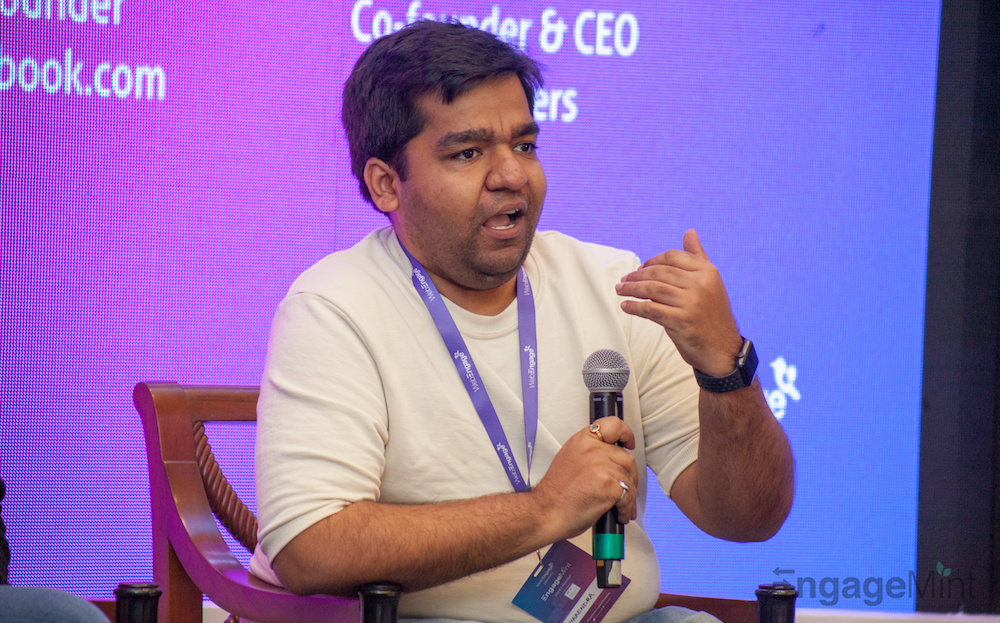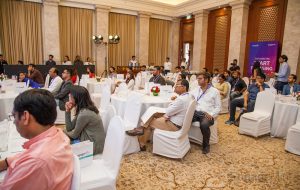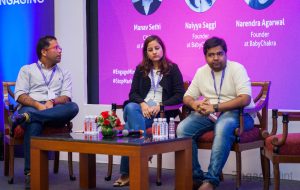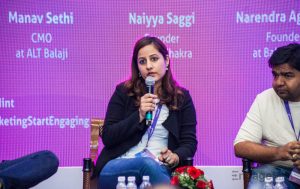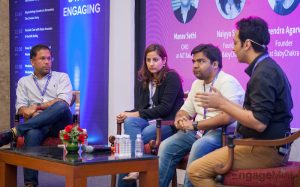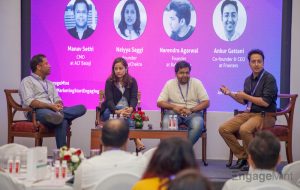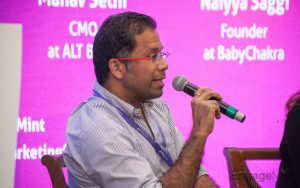Panel Discussion: Cross-channel Marketing for the New World
The first edition of WebEngage’s flagship conference, EngageMint, was a massive success! And we are extremely grateful to all our speakers and attendees for their support. Held on March 13, 2018, it was a day long, closed conference, featuring sessions around product growth, user engagement & retention practices by industry leaders.
Attended by 75+ CEOs, CMOs and Founders, the theme of the conference, #StopMarketingStartEngaging, aims at altering the way professionals approach customer engagement & retention challenges in the digital space, across industry verticals. This philosophy was reinforced by the ideas and proven strategies shared by our notable panel.
We had the pleasure of having thought leaders from diverse industries participate in the panel discussion. Panel members included Manav Sethi, CMO at ALT Balaji, Naiyya Saggi, Founder at BabyChakra and Narendra Agarwal, Co-founder at Testbook.com. The discussion was hosted and moderated by Ankur Gattani, Co-founder & CEO at Frooters/ ex-FoodPanda Global Head of CRM.
The hour long panel discussion started with Ankur Gattani, throwing a few open ended questions at the panel members – with each speaker presenting their learnings and experience in response. Here are a few key takeaways;
1. How do you structure your teams internally to address the challenges of customer retention?
For those of you who are new to the concept of customer retention, it’s important for you to understand that ‘retention’ cannot just be the marketing or growth team’s agenda. In order to create sticky products which provide enough value to keep users engaged, Product-Engineering-Marketing-Growth-CRM need to work together. Thus, customer retention transcends teams and should be a part of the core product philosophy of the entire company.
“Retention is a factor of your business model, it’s scale and size. Depending on that, you can have annual, monthly or daily churn.” – Manav Sethi, CMO at ALT Balaji
For example, at BabyChakra, when they started out, they had a 4 person retention team comprising of a Product Manager, 2 Engineers and a UI/UX Designer; fully backed by their digital marketing and data team. So, while retention was the prime focus of the entire company, this team was accountable for bringing in results on a monthly-quarterly basis.
“Retention is the purest form of growth… figure out retention first, then invest on scaling your business.” – Naiyya Saggi, Founder at BabyChakra
But as an organisation, it’s equally important to ensure growth in acquisition of new customers on a monthly basis. This is why, to avoid conflict between retention and acquisition, these two functions need to be owned by two different teams – with customer retention trumping every team’s priorities, as the company’s prime focus.
2. How do you decide the right communication frequency to drive customer retention?
For any business, there is no given formula of communication frequency. Each business has it’s own learning curve of understanding the behaviour and preferences of their users. The only way to get communication frequency and the tone right is by trusting data, and doing multiple tests.
One of the key takeaways from the panel discussion is that the communication pattern, tone and style of any business needs to be guided by your user’s lifecycle and their needs/ expectations at each point. Blanket bombarding of users with a generic message or a message simply aimed at conversion, without giving any value, never works. Contextual personalisation is the need of the hour. And digital businesses need to start collecting and acting upon more data points to create meaningful experiences.
“Deciding the communication frequency for any business depends on how you map your product’s user journey, define the milestones, the engagement triggers and the scale of personalisation you have been able to build into it.” – Manav Sethi, CMO at ALT Balaji
For example, as revealed by Narendra Agarwal, Co-founder at Testbook.com (an online exam preparation portal), their communication is solely driven by the user’s lifecycle. Keeping the needs of students in mind, their communication frequency depends on the schedule of exams. So as the preparation cycle matures, their communication too catches up and becomes more serious, with increased frequency – which goes down as D-day approaches. Post the exam, the communication frequency increases again, helping students stay updated on the kind of questions asked, correct answers and related information.
3. When doing personalisation at scale, how do you apply the nuances of emotion?
One of the most important aspect of building personalisation at scale into your product is to have a strong backend, the foundation of which needs to built from day zero. Defining and collecting behavioural data needs to be a constant effort throughout the lifecycle of your business. Knowing your data, knowing the source of your data, having the entire team look at the same data points from one source, is a major challenge most startups face today. Thus, making data collection a seamless process is a major point of friction. It’s only when you have the right data points, is when you can take an informed decision to act upon it – communicating with users through the right message, at the right time.
“Data is important, but collecting data is not the only aspect of it. You can collect data from several sources today. The crucial part is how you can visualise the data & act fast upon it. There is no point of collecting data if you don’t have the means to put it to use through rapid experiments.” – Narendra Agarwal, Co-founder at testbook.com
Talking about the importance of being able to act upon data fast, by doing several tests on the creatives and copies which form a part of your communication strategy, Manav Sethi revealed how ALT Balaji uses different emotional undertones to appeal to the audience of different shows. From sending out emails, push notifications in Hindi, to appealing to urban audiences with niche messaging – the team leveraged visual heavy communication to drive customer engagement and retention for micro-segments.
“When personalising your content, studying, using & testing different emotional undertones can do wonders”, Naiyya Saggi, Founder at BabyChakra
Watch the entire panel discussion for more hands-on insights into how you can leverage the best cross-channel engagement & retention practices to skyrocket your business:
More session videos from the first edition of EngageMint:
Retentioneering Masterclass: The Goibibo Story by Vikalp Sahni, CTO at Goibibo
Skyrocketing Growth via Retention: The Zomato Story by Rahul Ganjoo, VP Product at Zomato
